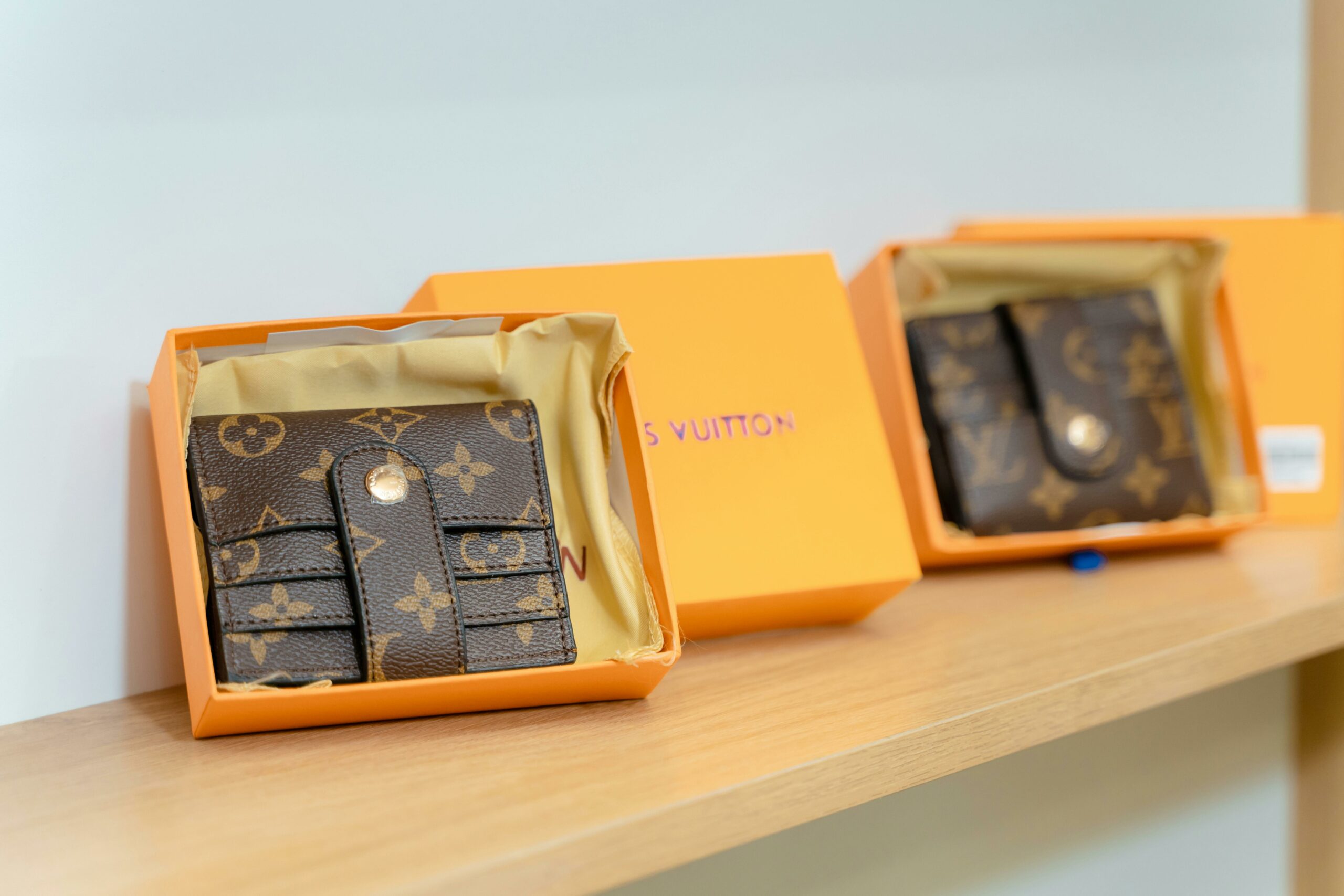If you are the kind of person to whom accidents will happen, consider getting a water-resistant smartphone. I am not talking about covering your handset in chunky rubber. Some of today’s smartphones are not afraid of the wet stuff, cover or no cover!

Here are some of the manufacturers that are keen to provide you with a device you can dip into water without dire consequences:
Samsung: The newest and the latest Galaxy S10 and Galaxy S9, as well as last year’s Galaxy S8 and the Galaxy S7 of the year before, in all their varieties (basic, plus, edge), are all oblivious to a bit of soaking.
Apple: The iPhone XS is arguably the best iPhone that money can buy. It is, of course, water-resistant, and so are many older iPhone models, including iPhone 8 and iPhone 7.
Huawei: Some say that the Huawei P20 Pro is the best Huawei phone so far, as well as the best Chinese Android phone ever made. Water resistance is only one of its features. Remember that many older and more affordable models of Huawei smartphones do not mind getting wet either!
Sony: Sony rolled out their first water-resistant device, Xperia Z, way back in 2013. Ever since then, all their high-end Android smartphones came with water-resistant features. Sony Xperia XZ2 is the latest in the line-up, but Xperia Z5 range, as well as Sony Xperia M4 Aqua will all take exposure to water in their stride.

LG, HTC, Google and many other smartphone manufacturers are also heeding desperate cries of countless users who have lost their precious devices to water damage and are responding with their own water-resistant models.
Just how water resistant are they?
Strictly speaking, no smartphone is entirely waterproof. On top of that, different devices offer different levels of protection. Some are merely splash-proof. Others can be fully submersed in water.
To find out at which level a device is, looks for its IP rating. IP stands for Ingress Protection and defines the sealing effectiveness of an enclosure.
The first digit in an IP rating tells you how well the device is sealed against solid particles such as dust, while the second digit is for water protection. Water resistant smartphones have the IP67 or IP68 rating, and both are great to have. The IP67 means that the device has top–notch protection against solid particles and that it will still work after being immersed in water up to one metre deep for up to a half hour. The IP68 rating allows for longer periods of immersion at greater depth, as specified by the manufacturer.
An IP rating with an X in it means one of the elements was not tested. For example, IPX8 tells you that the device offers the same degree of water protection, but it was not tested against dust.

What about other liquids?
The IP ratings are performed in laboratory conditions, with fresh water and the smartphone in standby mode. There is no guaranteed protection from submersion in other liquids, such as beer, coffee, salt water, soda, and so on. Exposure to hot water or water jets may also harm your beloved phone.
All in all, you should not deliberately submerge any smartphone in water, especially not for very long, even if it is labelled as water resistant (or waterproof).
So why would you even want to pay extra for a handset that is water-resistant? Because it is good to know that you do not need to run to your insurer if you accidentally spill some water over your device, or if it falls from your back pocket straight into the toilet.
And if (or, in my case, when) something like that happens, remember to leave your device alone until it dries completely. Never push any buttons if your phone is in water or soaking wet, because every little press is an opportunity for water to find its way in.









